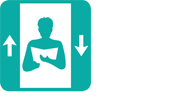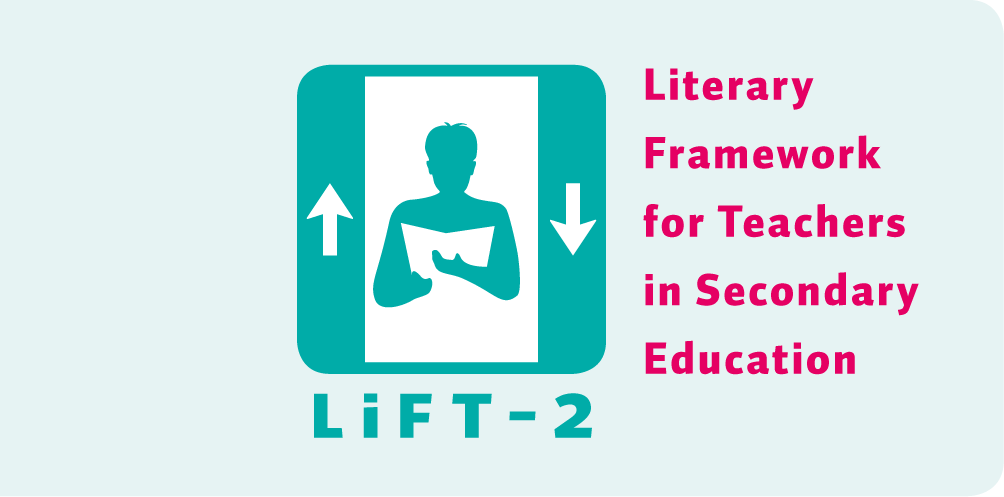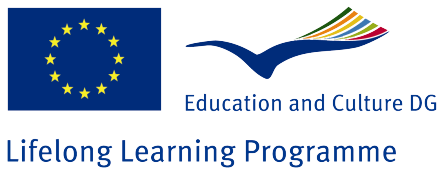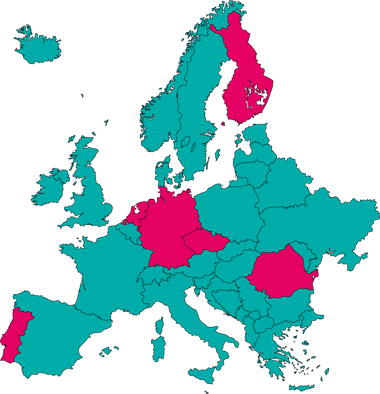(1) Description and comparison literature curricula in six countries
In June 2010 we delivered the report Lessons in literature. A comparative study of the literature curricula in secondary education in six European countries. This report presents:- the descriptive and analytical framework for comparing curricula
- a description of the formal curriculum for literature teaching and the espoused theory on the aims and content of literature teaching among the partners
- a description of the similarities and differences between the partners
(2) Critical comparison of literature curricula
Based on this report, two members have taken upon themselves the task of analysing and critically comparing the curricula. This has resulted in an article:- Witte, T.C.H. and Sâmihăian, F. (2013, in press). Is Europe open to a student-oriented framework for literature? A comparative analysis of the formal literature curriculum in six European countries.
- What are the dominant paradigms in teaching literature in Europe, bearing in mind students (aims, literary competences), books (text selection criteria) and didactics (educational guidelines)?
- How do the curricula relate to the development-oriented framework?
(3) LiFT-2 Book Scan
Format for scanning the relative complexity and accessibility of literary texts for adolescents: 15 indicators were defined for ‘student’ and ‘book’ dimensions.LiFT-2 Book Scan
(4) Student oriented Literary Framework for European Teachers in secondary education
The Literary Framework gives teachers a point of reference that enables them to identify the differences in student reading levels and to determine both short- and long-term development objectives for each level. One of the questions that teachers and student teachers most frequently ask is: How can I …? The Framework answers this question for each level and suggests specific teacher and student activities that will help to ‘lift’ students’ literary competence to the next level (zone of proximal development).The framework distinguishes six levels of literary competence at three dimensions:
- student characteristics as reader
- book characteristics
- guidelines for teachers to ‘lift’ students’ literary competence
(5) Methodological and theoretical justification
Our approach expands on research on the development of literary competence in secondary schools conducted in the Netherlands by the project coordinator Dr. Theo Witte. An important feature of Witte’s method is the systematic exploration of the pedagogical content knowledge of teachers. The reason why we are relying so heavily on the knowledge of literature teachers is that we wish to create a framework that contains information familiar to the cognitions of teachers.- Witte, T.C.H., Rijlaarsdam G.C.W & Schram, D.H. (2012). An empirically grounded theory of literary development. Teachers’ pedagogical content knowledge on literary development in upper secondary education. L1 Educational Studies in Language and Literature, 12, 1-33.
The members decided to replicate Witte’s method and take the knowledge of expert teachers as the source for theory development.
- Hník, O & Klumparová, Š (2012). European Framework for Literary Education on Lower and Upper Secondary School (LIFT-2 Project). AD ALTA: Journal of Interdisciplinary Research, 1, 2, 32–35.
(6) Public Report of the LiFT-2 Comenius project (2009-2012)
The Public report presents the content of the project and its achievements. It is aimed at peers and is intended for widespread public dissemination.Table of contents
- Executive Summary
- Project objectives
- Project approach
- Project outcomes and results
- Partnerships
- Plans for the future
- Contribution to EU policies




